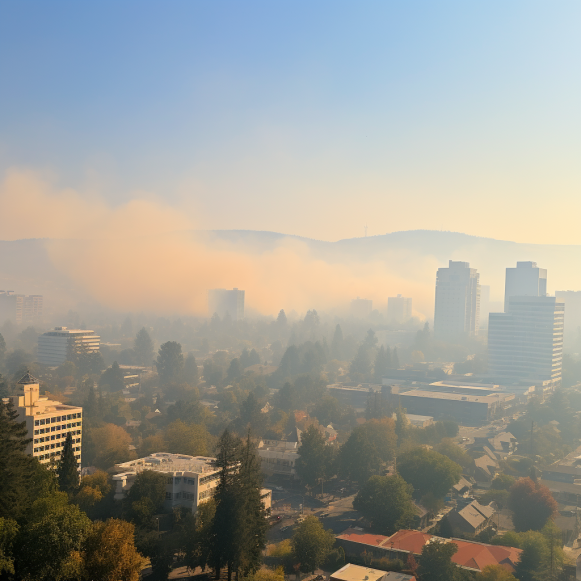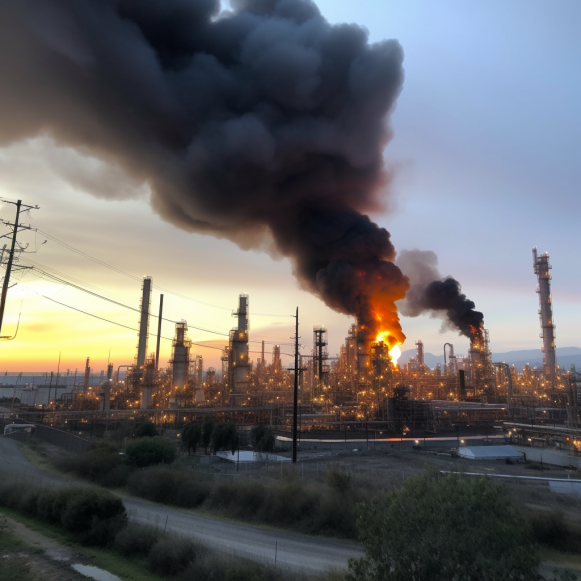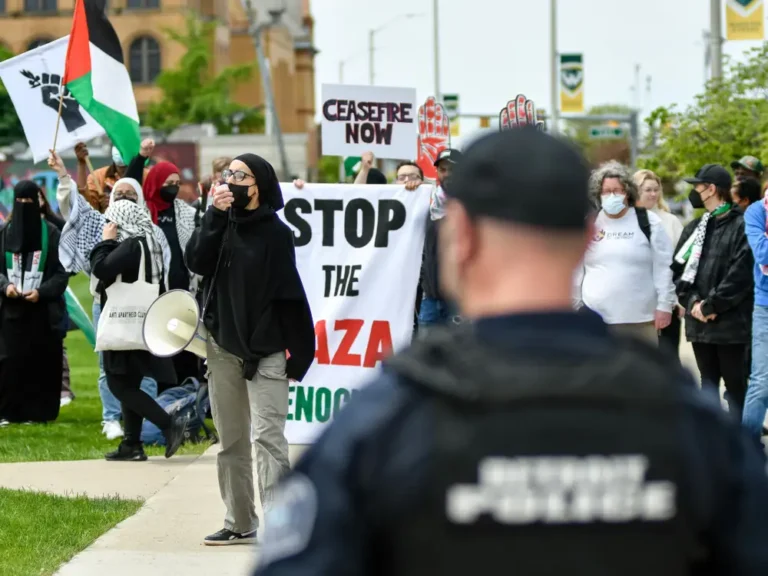Wildfire smoke is reversing years of air pollution progress in California and the West, new study finds

New Stanford study shows fires are increasingly to blame for bad air, particularly in California and the West
The smoke that blew into the Bay Area this week, following a blissfully mild wildfire season in California so far this summer, has rekindled an unhealthy and growing trend: many of the improvements America has made in reducing air pollution since 2000 are now being eroded — particularly in Western states — as the frequency and ferocity of wildfires has increased.
According to a new study published Wednesday by Stanford University researchers, wildfire smoke is likely to become a larger contributor to overall air pollution in much of the United States in the coming years.
“We have been remarkably successful in cleaning up air quality,” said Marshall Burke, an associate professor at Stanford’s Doerr School of Sustainability and study co-author. “We have witnessed decades of progress and public health benefits.” However, in the last ten years, progress has slowed and begun to reverse.”
Burke and his colleagues discovered that particle pollution, known as PM 2.5, decreased 38% in the United States between 2000 and 2015. But then the steady trend came to an end. The steady trend was then reversed, with particulate matter pollution increasing by 3% between 2016 and 2022.
The reversal was more dramatic in California and Nevada. Particulate pollution decreased by 32% from 2000 to 2015, then increased by 14% from 2016 to 2022.
Huge fires raged in Big Sur, the forests surrounding South Lake Tahoe, towns in Wine Country, Paradise, the Santa Cruz Mountains, and other areas in recent years, choking much of the state in thick smoke.
Similarly, particulate pollution in the Pacific Northwest and the American Southwest decreased by 19% between 2000 and 2015. The researchers discovered that it increased by 21% and 12%, respectively, from 2015 to 2022, owing largely to wildfires.
Due to smoke from Western wildfires, even the Midwest, South, and East Coast saw their improving air quality trends stall.
“Larger fires that have been burning in recent years are lofting pollution way up into the atmosphere, which can transport these tiny particles thousands of miles away,” said Marissa Childs, a former Stanford doctoral student and study co-author who is now an environmental fellow at the Harvard University Center for the Environment.
According to the study, which was published in the journal Nature, wildfire smoke has either slowed or completely reversed air quality trends in 35 states since 2016.
The trend shows no signs of slowing.
Smoke from over 1,000 wildfires that raged across Canada earlier this year drifted south, polluting the air in New York, Chicago, Minneapolis, and other U.S. cities.
Wildfires burning hundreds of miles away near the Oregon border are currently expected to pollute Bay Area skies with unhealthy air until at least Friday afternoon, according to forecasters.
Wildfires have been on the rise for a variety of reasons. A century of fire suppression has left forests in some parts of the West unnaturally thick and unhealthy, so that when they finally burn, the blazes are much larger than fires started centuries ago by lightning or native tribes.
Droughts and heat waves are also becoming more severe as a result of climate change. Furthermore, more people have moved to rural areas in many parts of the West, increasing the risk of human-caused fires.
As a result, wildfire smoke is becoming a growing public health concern. However, it is not accounted for in the nation’s landmark air pollution law.
President Richard Nixon signed the Clean Air Act into law in 1970. It was created to reduce dangerous levels of smog produced by factories, power plants, trucks, and cars. It has achieved success by mandating cleaner-burning fuels, catalytic converters on trucks and cars, scrubbers and other clean-air equipment on smokestacks, and other changes.
“For more than 50 years, the Clean Air Act has provided critical public health benefits,” said Will Barrett, the American Lung Association’s national senior director for clean air advocacy. “Now, climate change is complicating the task of cleaning our air and jeopardizing our incredible progress.” We’re extremely concerned.”
Barrett believes that the Biden administration is considering tightening national health standards for particulate pollution, which is long overdue.
However, the Clean Air Act does not regulate wildfires or even consider their soot emissions when calculating state and local air pollution totals.It refers to them as “exceptional events,” such as volcanic eruptions and earthquakes, that are beyond human control.
“You can’t put a scrubber on a burning forest,” said Michael Wara, director of Stanford’s Woods Institute for the Environment and a co-author of the study released Wednesday. “We’ll need adaptability, new tools, and a willingness to experiment.”
Soot is one of the most dangerous types of air pollution.
It is composed of PM 2.5 particles (particulate matter 2.5 microns or smaller), which are so small that 30 of them can line up across the width of a human hair.
That microscopic soot floats in the air and can enter people’s lungs. It has the ability to enter the bloodstream, increasing the risk of asthma attacks, heart attacks, strokes, and other serious health problems. According to studies, there is an increase in hospital visits during smoky days, particularly among the elderly.
Due to the smoke, the Bay Area Air Quality Management District issued a Spare the Air alert for the Bay Area on Wednesday and Thursday.
Burke believes that as climate change continues, smoky days will become more common. More thinning of overgrown forests, more controlled burns, changes in federal air pollution rules to make controlled burns easier, and other programs, such as expanding initiatives to help low-income residents purchase air purifiers, he said, are the solution.
“The Clean Air Act was written for a different world,” he explains. “It was written with a different logic in mind.” Wildfires are an entirely different beast.”






